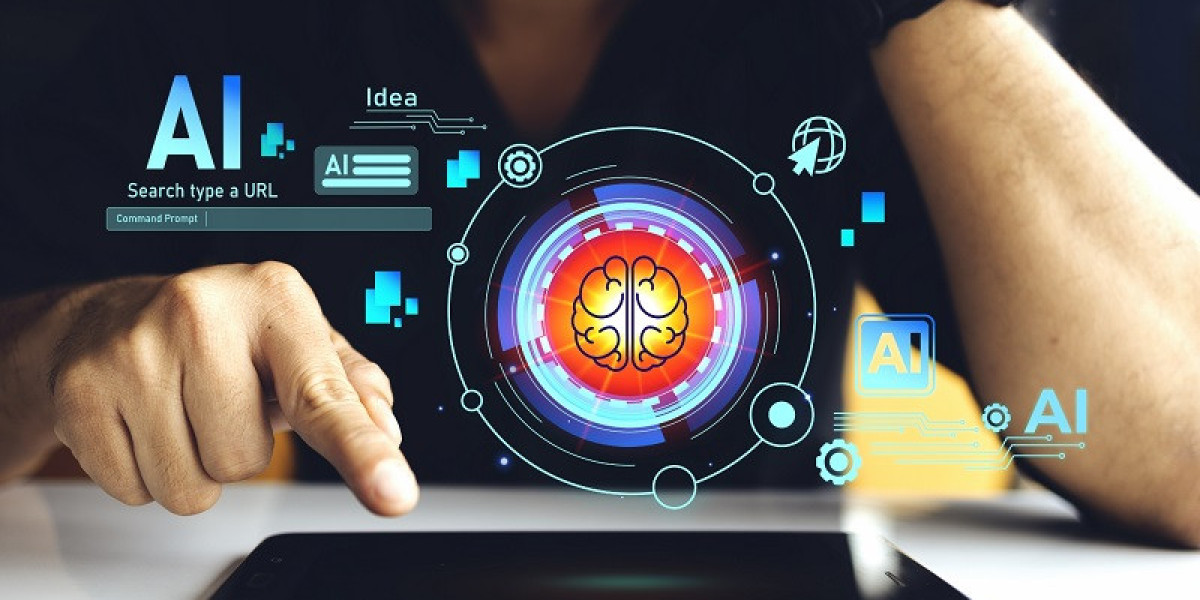The phenomenal and accelerating Generative Ai In Software Development Lifecycle Market Growth is being propelled by a powerful combination of a massive, unmet business need and a sudden, dramatic technological breakthrough. The market's explosive upward momentum is clearly captured in forecasts that predict its valuation will surge to an impressive USD 75.26 billion by 2035. This expansion is being powered by a remarkable compound annual growth rate of 31.66% for the 2025-2035 period, as a convergence of key catalysts makes the adoption of AI as a development partner an urgent strategic imperative for any organization that builds software. These are not incremental drivers but a fundamental paradigm shift that is reshaping the entire industry.
The single most powerful catalyst for this market growth is the immense and quantifiable productivity gain it offers in the face of a chronic global shortage of developer talent. Every company today is a software company, and the demand for skilled engineers far outstrips the supply, making them a very expensive and precious resource. Generative AI tools act as a massive productivity multiplier for these developers. By automating the writing of boilerplate code, generating tests, and answering technical questions, these "AI co-pilots" can significantly reduce the time it takes to build software. This allows companies to increase their development velocity and to build more with the same number of people, providing a clear and compelling return on investment that is driving rapid, widespread adoption.
Another key driver is the dramatic and recent leap forward in the capabilities of the underlying generative AI models. The advent of large language models (LLMs) with trillions of parameters, trained on a vast portion of the public internet including massive code repositories like GitHub, has enabled a new level of code understanding and generation. These models are not just regurgitating code they have seen before; they are demonstrating a genuine ability to reason about programming logic and to translate natural language intent into functional code. This breakthrough in AI capability is what has made these tools so powerful and genuinely useful, transforming them from a novelty into an indispensable part of the developer's toolkit.
Finally, the increasing complexity of modern software development is a major force compelling the adoption of these intelligent assistants. A developer today needs to navigate a complex ecosystem of multiple programming languages, front-end and back-end frameworks, cloud services, containerization technologies, and CI/CD pipelines. It is impossible for any human to be an expert in all of these areas. An AI co-pilot, having been trained on all of this, can act as an instant, on-demand expert. It can provide a developer with idiomatic code in an unfamiliar language or generate the correct configuration file for a cloud service they have never used before. This ability to act as a "universal translator" and an expert guide for the complex modern tech stack is a massive value proposition.
Explore Our Latest Trending Reports:








